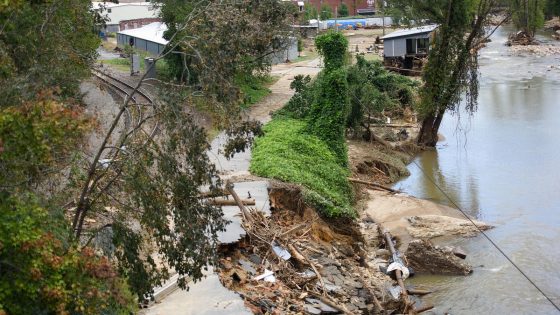This Monday, February 10, 2025, the Linha SNS 24 experienced a surge in demand, particularly between 8:00 AM and 10:00 AM. This spike led to challenges in service response times. Have you ever wondered how a busy health hotline manages high call volumes?
- SNS 24 experienced peak demand Monday morning.
- Complaints about contact difficulties reported.
- Over 12,000 calls answered between 7h00-12h00.
- Call volume increased compared to last week.
- High demand typical for Monday mornings.
- Average wait time not disclosed by SPMS.
Understanding the Recent Surge in Demand for Linha SNS 24 Services
What causes such a significant increase in calls to health services? On February 10, the Linha SNS 24 reported over 12,000 calls, surpassing the previous week’s figures. This trend is common on Monday mornings, as many people seek medical advice after the weekend.
Key Factors Behind the Increased Call Volume to SNS 24
Several factors contribute to the high demand for the Linha SNS 24, including:
- Increased health concerns after weekends.
- Seasonal illnesses prompting more inquiries.
- Public awareness campaigns encouraging use of health services.
- General population Trends in seeking medical advice.
How Linha SNS 24 is Handling the Increased Demand
The SPMS (Serviços Partilhados do Ministério da Saúde) emphasizes that despite the surge, the Linha SNS 24 was operational throughout the peak hours. They are actively working to reduce wait times, although specific averages were not disclosed. This proactive approach is crucial for maintaining public trust.
Implications for Health Services in the U.S.
Similar to Portugal, U.S. health services often face peak demand periods. Understanding these patterns can help improve accessibility and response times. By analyzing the experiences of Linha SNS 24, U.S. health systems can better prepare for high-demand situations, ensuring more efficient service delivery.
In conclusion, the recent spike in demand for Linha SNS 24 highlights the importance of effective health communication. As both Portugal and the U.S. navigate healthcare challenges, learning from each other’s experiences can lead to better outcomes for all.

































